Transmission 06 | 06.06.25
Reflections on spring’s return, David Lynch’s passing, garden improvisations, leaving Spotify, and the power of paying attention.
Spring’s Dawn
It’s been a minute since we’ve sat together like this. The last transmission was sent just as we were approaching winter. I’m pleased to report that — if you’re reading this — we’ve made it through winter and will arrive at summer in just a few weeks. The emergence of spring this year was especially profound and powerful for me. The first days I detected back in late February were electric. I suspect the particularly grey winter in the PNW and the steady stream of extra darkness flowing into our news feeds made those first blossoms and sunny days that much sweeter. During these early moments of emergence, I had a pair of records on heavy rotation: Laurie Torres’ first solo record, Après coup and Jefre Cantu-Ledesma’s Gift Songs.
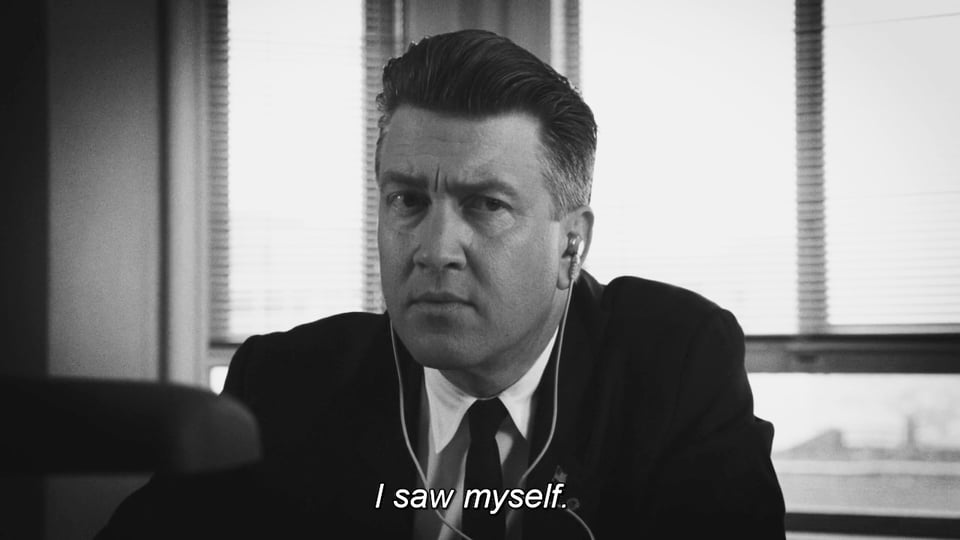
Lynch
Sadly, David Lynch didn’t make it along with us to see spring’s dawn. I’m tempted to say a lot here, but I’ll try to keep it lean.
I feel blessed to overlap in the juncture of history where Lynch wandered out of Missoula, began prying the surface off of “reality,” and made art out of what he discovered beneath.
The outpouring on social media in the days that followed Lynch’s passing was amazing, but what I’ll remember most from that moment fell on what would have been his 79th birthday. His family, along with the people at the David Lynch Foundation, had organized a worldwide meditation in his honour. I hustled directly from an appointment to a bench in the nearest park. It was a cold but sunny winter day in Vancouver; the kind of day where—if you sat still for long enough—the one faintly detectable source of heat was the sun on one’s face—a day certainly worthy of a Weather Report1. Once seated and settled, I virtually joined thousands of others at high noon and meditated for a few moments. The meditation helped—not just in the usual way, but in feeling connected as we collectively faced the particular darkness of that day and the tailspin to follow.2
Lynch continually stretched and expanded my mind from the age of twelve3 until a few years ago, when I finally watched Twin Peaks: The Return, which properly blew my mind. The 18 hours of premium David Lynch I had squirrelled away for four years ended up being his final major work and was more than worth the wait. It saddens me a little to get used to living in a world that will no longer receive new work from him, but my feelings of gratitude—for both his art and his advocacy of meditation—eclipse this.
All the obvious links are easy to come by, but may I recommend this clip of Lynch talking about consciousness, creativity, and the brain at an event circa 2009, along with the trailer for Lynch/Oz, a doc that explores the intersection between David Lynch and The Wizard of Oz, through a series of film essays.
Thank you, David Lynch—may you be out there floating in that ocean of pure consciousness.
Parades
As I’ve been preparing our little patio garden for the year this spring, I’m reminded and inspired by all the little street gardens I fell in love with in Japan last year. I’ve since learned these might be described as 路地裏の鉢植え—or rojiura no hachiue—informal collections of potted plants you’ll come across outside people’s homes.
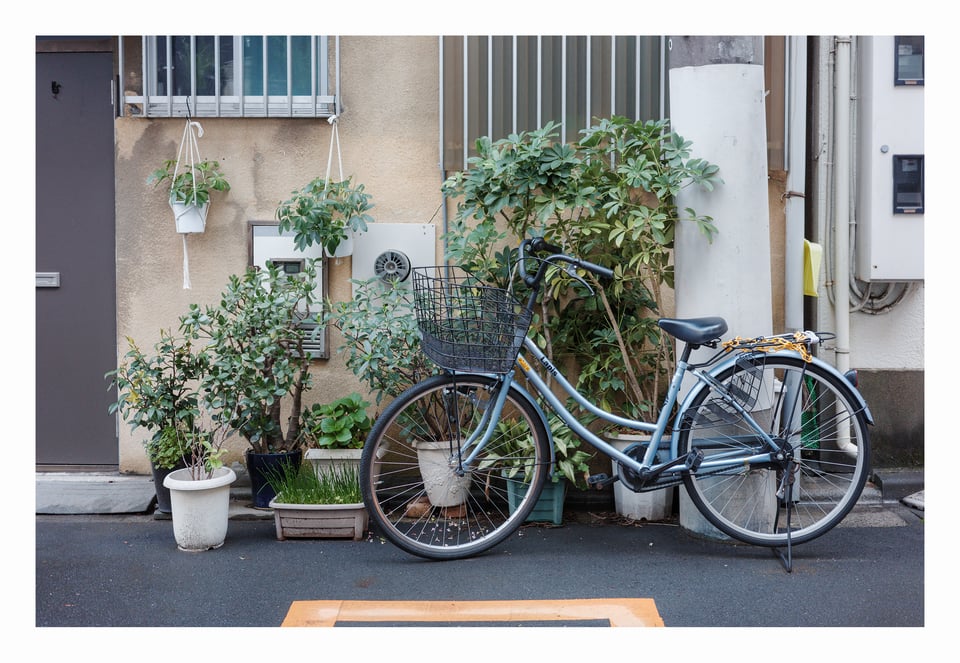

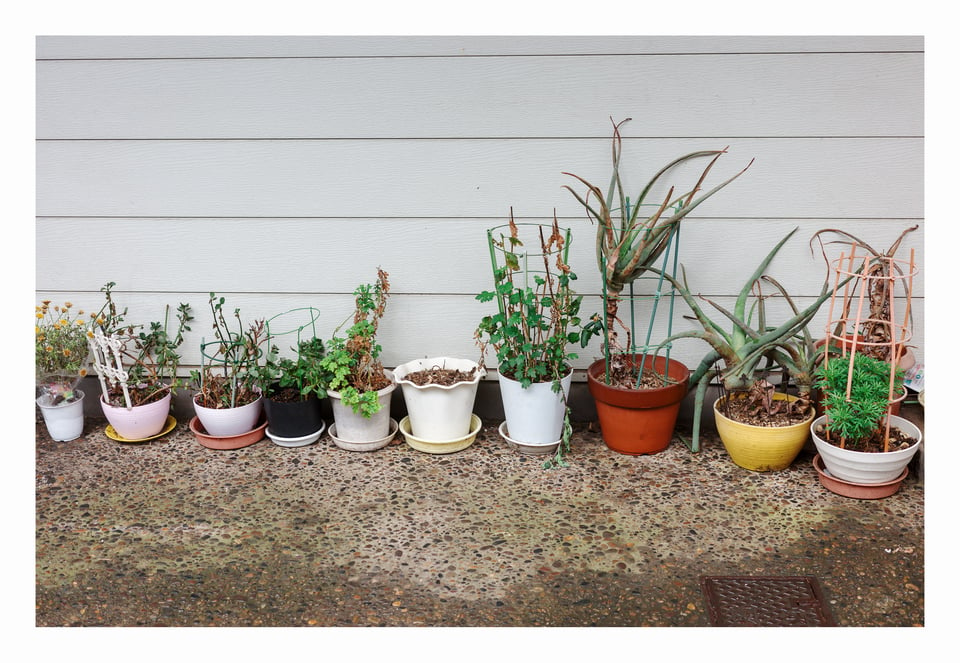
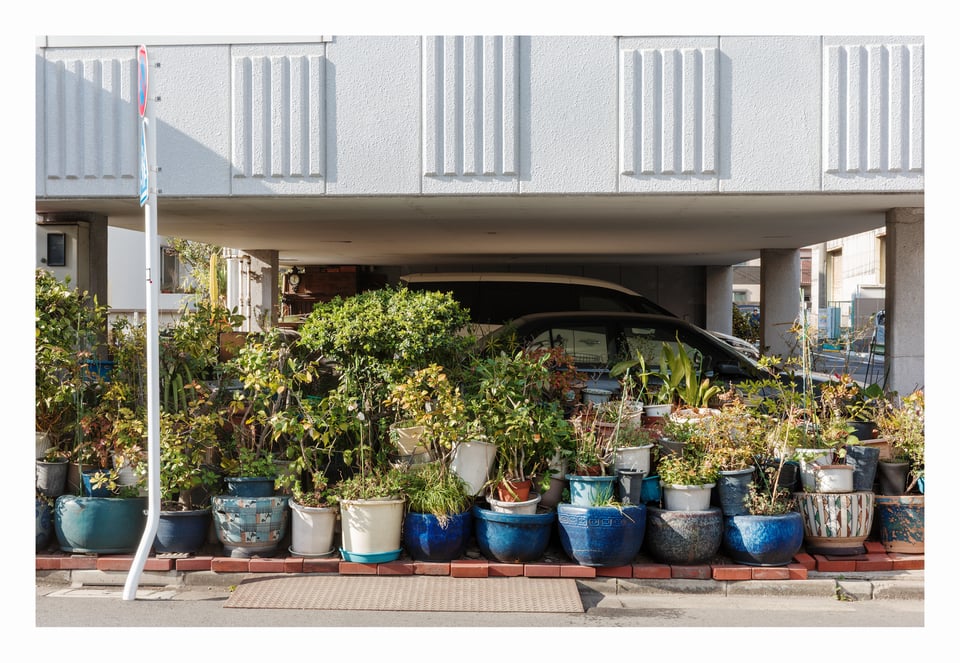

What I love about these is that they don’t feel precious. Modest and a little improvised, they feel expressive in a free way—and for me, carry some of the delight of coming across a small parade.
With this in mind, I’m composing this year’s version of our garden in that spirit—some carryovers from last year, and a few new ones I’m trying from seed. Most interestingly, I’m trying Japanese indigo. Tristesse has been experimenting with it in her art practice, so I’m curious whether we couldn’t bring some up from seed. Fingers crossed.
Spring Cleaning
When the foul political winds churned up earlier this year, like many, I felt overwhelmed by a sense of powerlessness. That unease led me to refocus on my small part of the picture: where I spend my money, what I support, and how my attention functions as currency—especially in spaces where I am the product, as is the case with most social media.
I’m still sorting out some broader thoughts on all this (possibly for a blog post), but the first concrete actions I felt compelled to take were leaving Meta and Spotify. The Meta part is trickier and unresolved, so I’ll stick to Spotify here.
I came to Spotify begrudgingly after Rdio folded nearly ten years ago. After weighing my options, Spotify won out for library size and basic functionality. Compared to Rdio—which felt like a vibrant music community—it was slumming, but it worked.
Over time, it became difficult to ignore that Spotify is as douchie a tech giant as they come.4 I’d come to understand this in bits, but still found it difficult to pull the plug. I’d built up a deep collection—hundreds of playlists spanning 15 years—it seems even in the digital domain, moving still sucks.
“A model in which the imperative is simply to keep listeners around, whether they’re paying attention or not, distorts our very understanding of music’s purpose.”
—Liz Pelly, Mood Machine: The Rise of Spotify and the Costs of the Perfect Playlist
But the more I read, the more motivated I became. In December, Liz Pelly penned an article for Harpers, just ahead of her book Mood Machine: The Rise of Spotify and the Costs of the Perfect Playlist, which laid out an exhaustive and damning case. If you’re curious about the details, the book’s worth the read. If you want a solid summary, the article will do the trick.
By the time I read the book in January, I was already halfway out the door—but Pelly’s clarity lit the fire I needed. The bottom line: Spotify is bad for artists, engages in all manner of dodgy practices, and—despite branding itself as your music-obsessed buddy at the record store—is essentially a digital ad company that happened on music as the glue to float a now ~$135.95 billion business.
So I did some new research, this time prioritizing artist payouts and company values. My friend James reminded me of the French streamer Qobuz. I’d checked them out back in 2023 but wasn’t ready to switch. This time they were compelling. They’re as close to a ma-and-pa operation as a streaming service can likely be and consistently lead in artist payouts. They also seem genuinely invested in sound quality and celebrating music—not just dominating market share.
If you’re curious, I’ve put together some notes on my early experiences as I go. So far, I’ve found the switch genuinely enjoyable—a calmer, less cluttered space to appreciate music.
If you’re inspired to reconsider Spotify—or would just like to tinker with how you engage with music, Kate Ellen and Seth Werkheiser’s Ghosting Spotify: A How-To Guide is optimistic, informative, and inspiring.

Input
Watching: We’ve been on a bit of a film tear lately and seen some great stuff along the way. Allow me to recommend a few of the highlights: All The Beauty and The Blood Shed [Laura Poitras x Nan Goldin] Geoff McFetridge: Drawing a Life [Doc on Canadian born, LA based artist] Flipside —File under Gen-X trouble (See also The Gen X Career Meltdown) and The Seed of the Sacred Fig — The only non-doc of the bunch is a whopper, directed by Iranian filmmaker Mohammad Rasoulof under what appear to be near-impossible conditions.5
Reading: A bit all over the place but one recent release I plowed through was Run the Song: Writing About Running About Listening by reformed NYT music critic Ben Ratliff. As a book, it’s an unusual animal that exists—just as the name implies—at the intersection of running and music. If you’re prone to both obsessions, it’s a must-read.6
Listening: Ratliff got me revisiting the Theo Parrish discography and digging into some of his epic DJ sets. Also in rotation: Loraine James’ Whatever The Weather II, Saya by Saya Grey, Dunya by Mustafa, the new Stereolab record, and Hurricane (Grace Jones’ 2008 release). I’ve also been nursing a bit of an obsession with Yoko Ono’s 1972/73 joint, Approximately Infinite Universe.
Output
I’ve been working away on building a new website that brings together both my art and design practices on a single platform. Always more work than one anticipates, but I’ll be able to share the results soon.
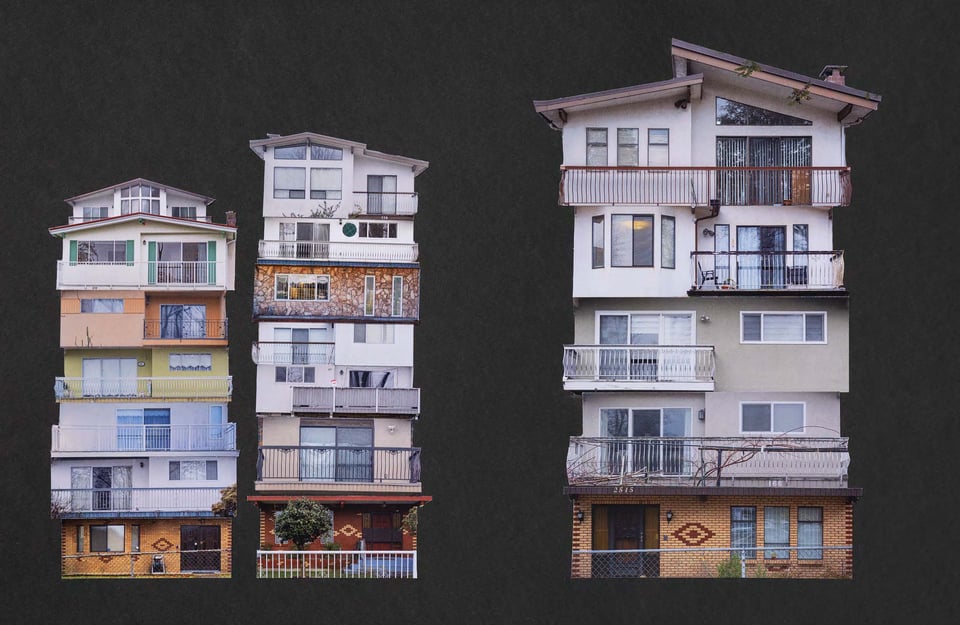
A few months back, I contributed a new collage to Mark Mizgala’s magazine Duct Tape. The issue features 28 artist collaborations centred around the iconic “Vancouver Special” home design. Other participating artists include Barbara Strigel, Sandeep Johal, Ken Lum, Chairman Ting, Alastair Bird, Erin McSavaney, and of course, Mizgala himself. If you’re local, you can cop one from a number of local shops, including Kranky Cafe and (naturally) Vancouver Special. He’s also doing a show with it in July.7
Down the line, both Tristesse and I will have work in another Duct Tape issue coming out this fall. More on that soon.
I recently had the pleasure of collaborating with Barbara Strigel on the editorial design of her latest book, Expect Delays. The book launched during her beautiful solo show at Gallery 881 in Vancouver and will appear again at Blue Sky in Portland this coming August.
I finally got Umwelt—my most recent publication—up on my site for purchase. There are still some copies available from the current edition if you’re interested and don’t have one yet!
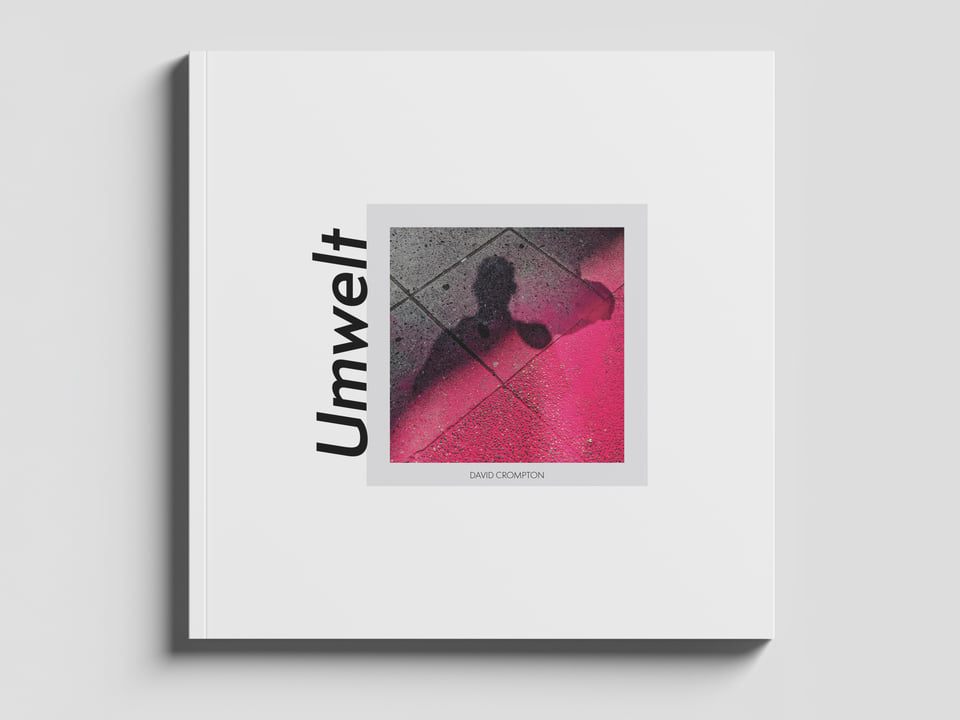
I know we haven’t even dug into Summer yet but be sure to save the date for Tristesse’s coming show with the excellent humans over at Propellor Studio on Granville Island, opening Friday September 19th. The work is looking amazing and best seen in person.
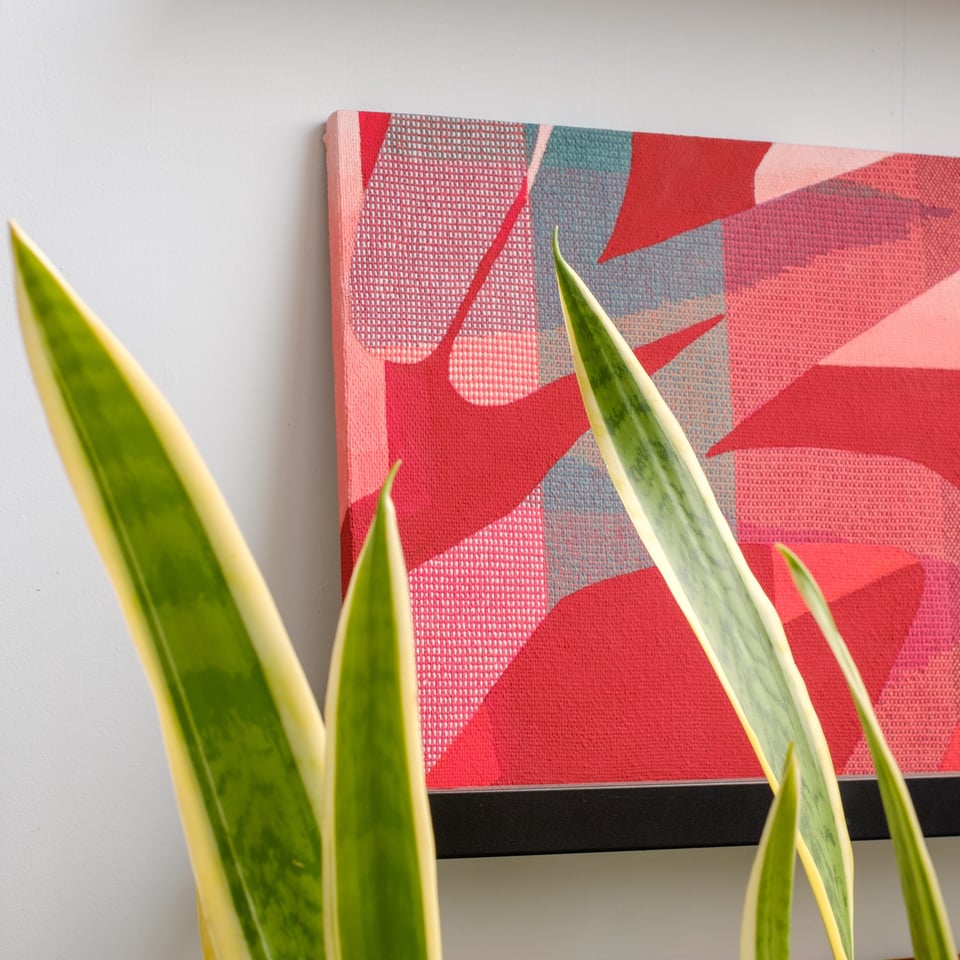
Enjoy the last days of spring.
I do love to hear from people. If you’re so inclined, reach out either via the link below or directly to me and say hello. Something was wonky with notification on the last one so only just realized there were comments. Won’t happen again!
I hope pledge to have another transmission out soon with much less gap than the last.
✌D
If you’re unfamiliar, or you’ve forgotten, Lynch delivered nearly 1000 weather reports beginning early in the pandemic. ↩
The collision of MLK day with this and the expectations of things to come was frankly a lot, no? ↩
I recall seeing Elephant Man sometime around then and also repeatedly trying to stay awake through to the end of Dune on Pay TV. I got introduced to Blue Velvet at mini school and so it went. ↩
Over the years, Criticism has come from lesser known artists to household names like Neil Young, Joni Mitchell, Taylor Swift, Thom Yorke etc. ↩
If you want to get a sense of the project, Andy Beta discusses it with Ratliff here. ↩
Vancouver Special Duct Tape Gallery | Saturday July 19, 2025 Noon - 4pm | 237 East 4th Avenue, Vancouver BC ↩

Add a comment